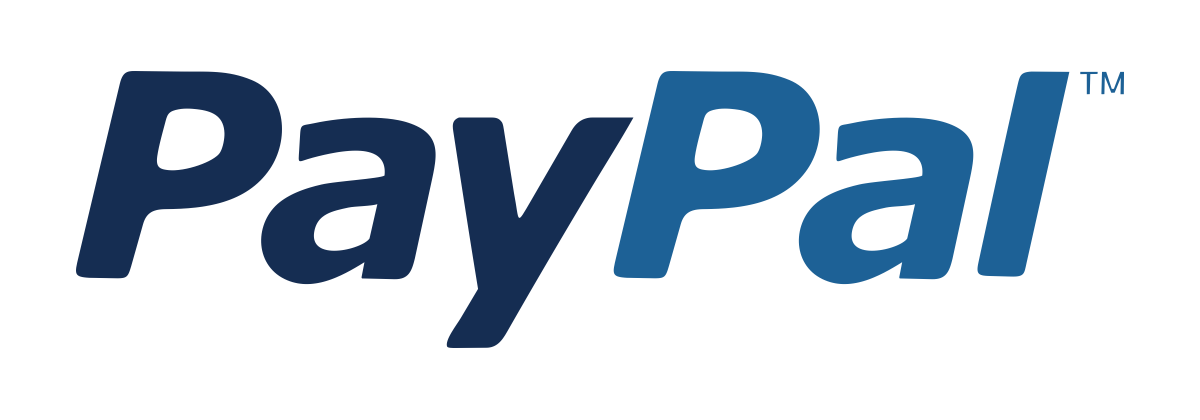TruLens
Monitor, evaluate, and improve large language model apps with TruLens using metrics, feedback, and visual tools.Preview TruLens course
Price Match Guarantee Full Lifetime Access Access on any Device Technical Support Secure Checkout Course Completion Certificate 94% Started a new career
BUY THIS COURSE (
94% Started a new career
BUY THIS COURSE (GBP 12 GBP 29 )-
 85% Got a pay increase and promotion
85% Got a pay increase and promotion
Students also bought -
-
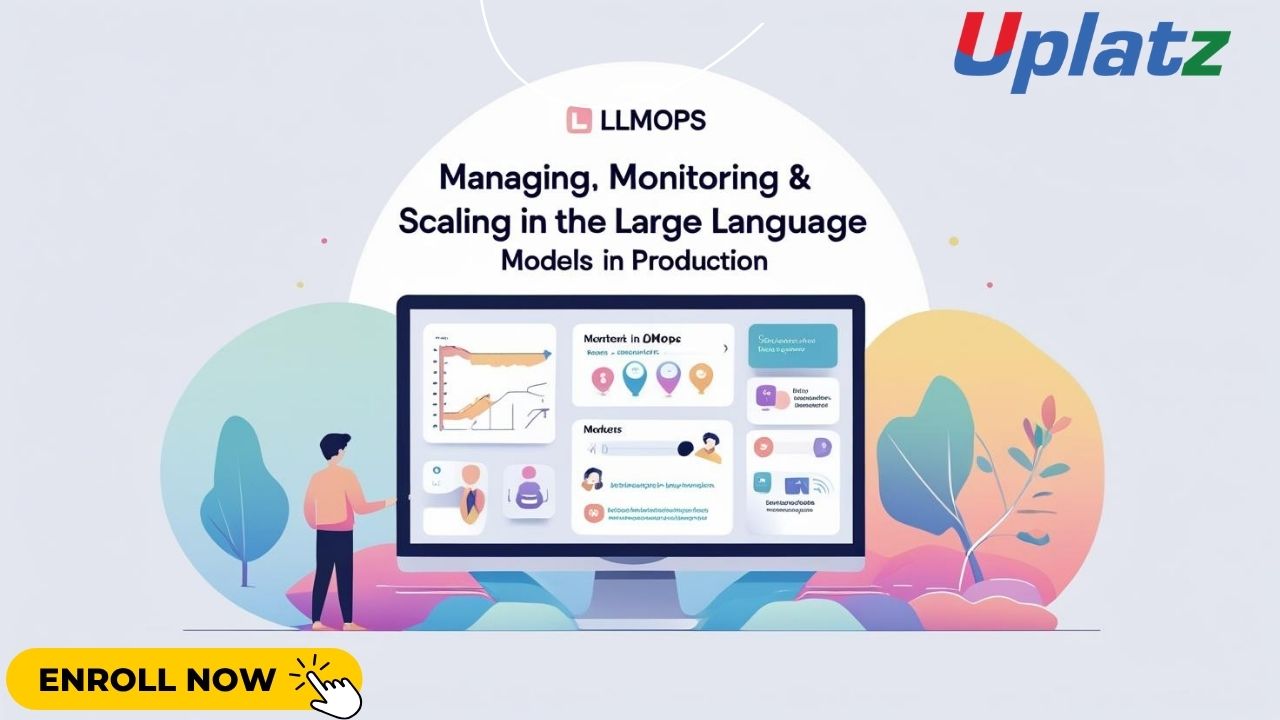
- LLMOps: Managing, Monitoring & Scaling Large Language Models in Production
- 10 Hours
- GBP 12
- 10 Learners
-
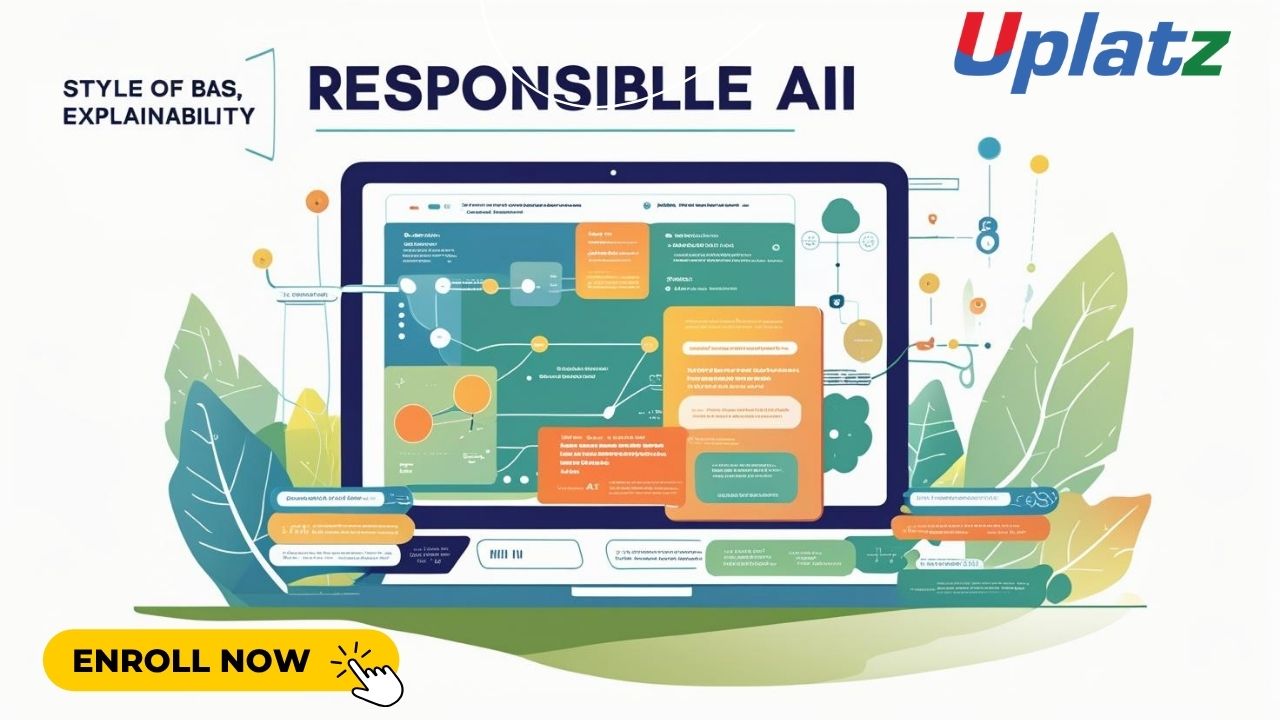
- Responsible AI: Bias, Fairness, and Explainability in ML
- 10 Hours
- GBP 12
- 10 Learners
-
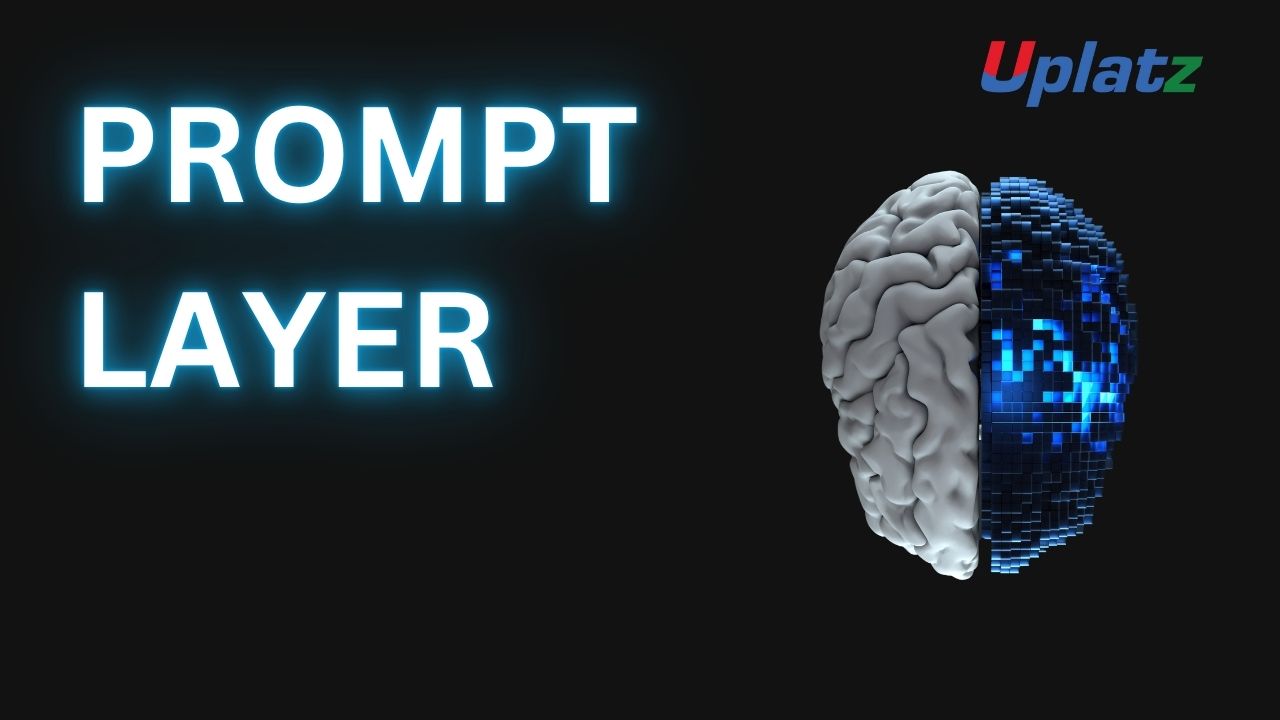
- PromptLayer
- 10 Hours
- GBP 12
- 10 Learners
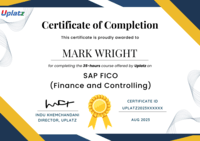
TruLens allows developers to assess the quality of LLM outputs using customizable feedback functions, visualize internal traces, and apply metrics that go beyond accuracy—such as relevance, coherence, bias detection, and ethical alignment.
This course guides you through setting up TruLens, using evaluation templates, creating custom metrics, and integrating the tool into LLM workflows. You’ll explore its compatibility with LangChain and OpenAI, learn how to interpret visual traces, and generate reports on model performance.
-
Analyze and interpret model behavior using feedback functions
-
Create dashboards for real-time evaluation
-
Implement guardrails for trust and safety
Course/Topic 1 - Coming Soon
-
The videos for this course are being recorded freshly and should be available in a few days. Please contact info@uplatz.com to know the exact date of the release of this course.
-
Understand the purpose and architecture of TruLens
-
Set up and configure TruLens in Python environments
-
Evaluate LLM outputs using built-in feedback functions
-
Design and implement custom evaluation metrics
-
Visualize LLM behavior using TruLens UI tools
-
Analyze and debug prompt response chains
-
Integrate TruLens with LangChain pipelines
-
Monitor LLM output for relevance, bias, and hallucination
-
Build dashboards and evaluation workflows
-
Apply TruLens in real-world, production-ready LLM apps
Course Syllabus
-
Introduction to TruLens and LLM Evaluation
-
Installing TruLens and Exploring the Architecture
-
Core Concepts: Feedback Functions and Tracing
-
Using Built-in Evaluation Metrics
-
Creating and Registering Custom Feedback Functions
-
Visualizing Prompt Chains and LLM Behavior
-
Integration with OpenAI and LangChain
-
Bias, Fairness, and Relevance Scoring
-
Monitoring Real-time Responses and Drift
-
Implementing Guardrails for Output Quality
-
Case Study: Analyzing a Chatbot with TruLens
-
Reporting and Communicating Evaluation Results
Learners who complete the course will receive a Uplatz Certificate of Completion demonstrating proficiency in evaluating and debugging LLM applications using TruLens. This certification validates your ability to build transparent and responsible AI systems. You'll be equipped to design custom evaluation frameworks, monitor real-world LLM use cases, and apply TruLens in production environments. The certificate is an asset for careers in AI product development, MLOps, and responsible AI implementation. It showcases your capability to ensure quality, fairness, and alignment in generative AI applications.
The skills taught in this course are increasingly in demand across industries integrating LLMs into their products and services. TruLens proficiency enables you to take on roles that involve quality assurance, safety evaluation, and performance monitoring for AI systems.
Roles you can pursue include:
-
LLM Evaluation Specialist
-
Responsible AI Engineer
-
AI Product Quality Analyst
-
Machine Learning Engineer (LLM Focus)
-
AI Research Engineer
-
Prompt Debugging Consultant
Companies deploying AI in sensitive domains—such as finance, healthcare, education, and law—are especially seeking experts who can debug and optimize model behavior. TruLens provides critical insight into model responses, helping organizations mitigate bias, prevent hallucinations, and improve trust in their AI systems. Your ability to use TruLens positions you at the forefront of responsible AI innovation.
-
What is TruLens used for?
TruLens is used to evaluate, trace, and debug the output of large language models. -
What are feedback functions in TruLens?
Feedback functions are evaluation tools that assess the quality of LLM responses, such as coherence, bias, and relevance. -
How does TruLens visualize LLM behavior?
It provides interactive tracing of LLM prompts and responses, helping developers understand prompt-response chains. -
Can you create custom metrics in TruLens?
Yes, TruLens allows users to define and implement custom feedback functions based on specific evaluation needs. -
What types of models can TruLens work with?
TruLens supports OpenAI models and integrates well with LangChain and similar LLM frameworks. -
How does TruLens help in responsible AI development?
It enables analysis of outputs for bias, hallucination, and fairness, helping enforce trust and transparency. -
Is TruLens open-source?
Yes, TruLens is open-source and actively maintained by the community. -
How is TruLens different from PromptLayer?
TruLens focuses on evaluation and debugging, while PromptLayer focuses on logging and prompt tracking. -
Can TruLens be used in real-time systems?
Yes, it can be integrated into production pipelines for live monitoring and analysis. -
Why is LLM evaluation important in enterprise applications?
It ensures reliability, fairness, and quality of AI responses, which is crucial for trust and regulatory compliance.







